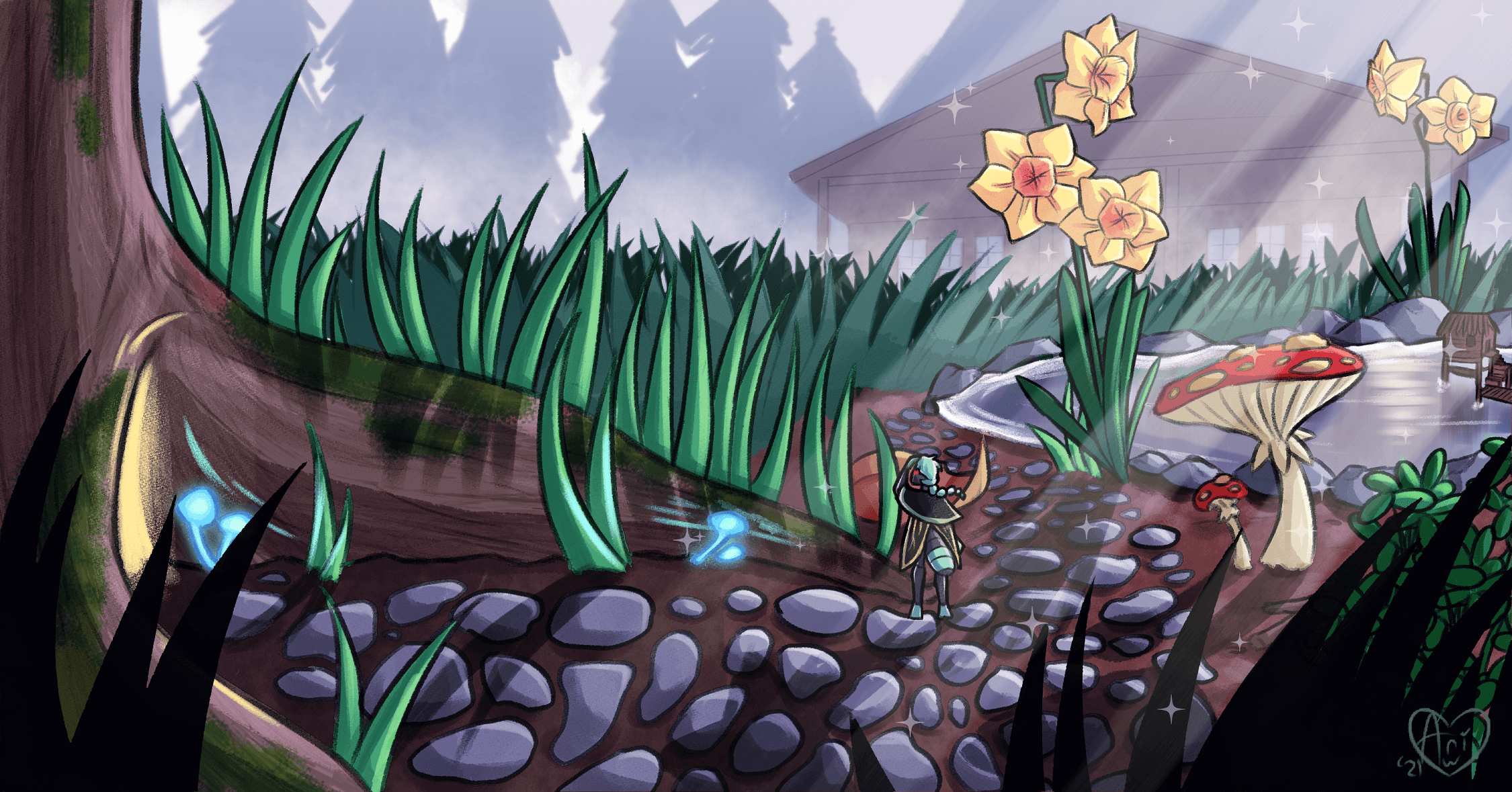Mariposa the Hive
"Mariposa ascended from the Earth, and from her cloak came the creatures that would build the world. From that hills grew mountains, and their gardens became the forest. Their fire and stones created the sun and moon, and from Mariposa's very own tears of joy, the rains came and filled the ocean."Mariposa the Hive, is a deity worshipped by certain groups in the Bituin, particularly the ancient Paruparo tribe and the remaining descendants of them.
Summary
It's believed that in the beginning over everything, there was only flat earth, until the day that Mariposa emerged from the ground after thier metamorphosis into a God. From thier wing-like cloak, she birthed thousands of giant magical insects that terraformed the planet, creating the mountains, and forests and sky. Mariposa was so happy to see the planet blooming with life, that they cried tears of joy, which became the life giving water that engulfed the planet.
Soon other animals would be born in the lush new world that was created, and it was only then that the Hive of Mariposa were finally able to rest after ages of hard work. Mariposa immortalized their bodies in stones that would hold old of their remaining magic. Mariposa's final resting spot was inside the massive ant hill thier hive called home, which later became the massive volcano on Nawala Island.
It's said all living bugs are descendants from the hive, and if they are ever disrespected for their work, Mariposa's rage would cause the volcano to violently erupt and destroy everything they built.

Related Ethnicities
Related Species
Related Locations
Related Organizations



Comments